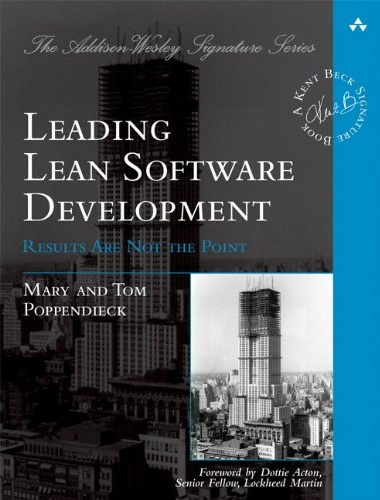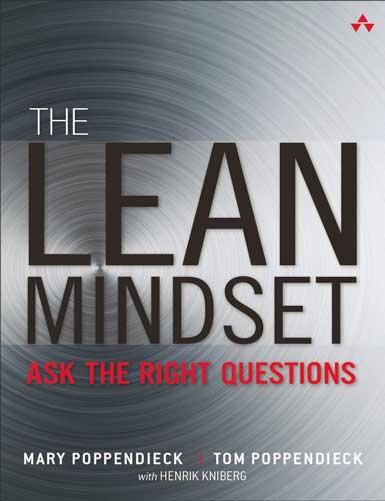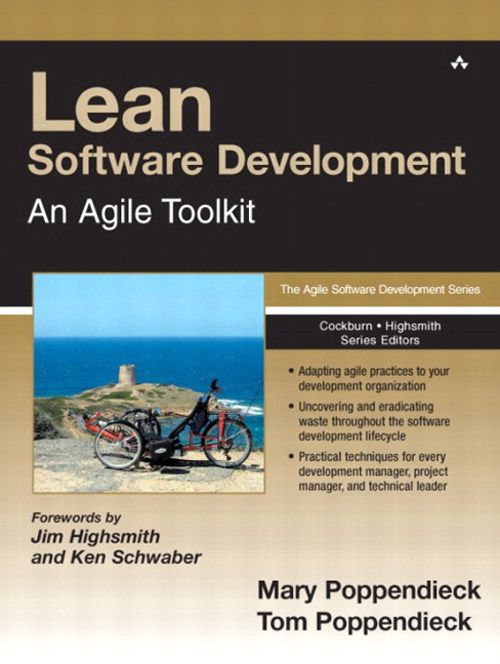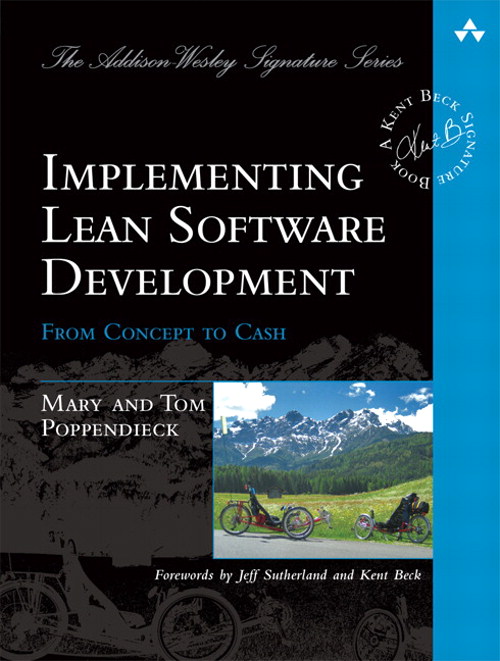We are Enjoying Retirement!
Principles
the rest of it will follow." – Eric Schmidt
Ask the Right Questions
Innovation begins with a fresh perspective,
a keen insight, a penetrating question.
Solve the Right Problems
Do not focus on the products you are building,
focus on the problems customers are encountering.
Design a Great Experience
It is not enough for customers to be satisfied,
they should love your products.
Purpose
A meaningful purpose inspires and energizes workers.
Challenge
Provide challenge, feedback, and an environment that enables everyone to become excellent.
Responsibility
The most productive groups are semi-autonomous teams – with an internal leader – that accept end-to-end responsibility for meaningful accomplishments.
The biggest sources of friction in product development:
Building the Wrong Thing
"There is nothing so useless as doing efficiently that which should not be done at all." – Peter Drucker
Building the Thing Wrong
If it seems like there is not enough time to build it right, then
there certainly is not enough time NOT to build it right.
A Batch and Queue Mentality
Work in progress hides defects, gets obsolete, causes task switching, and delays realization of value.
Speed, Quality & Low Cost are Fully Compatible
Companies that compete on the basis of speed have a big cost advantage, deliver superior quality, and are more attuned to their customers' needs.
Focus on Flow Efficiency, not Resource Efficiency
Resource efficiency interferes with the smooth flow of value; it often delivers half the value for twice the effort.
Manage Workflow rather than Task-based Schedules
The best way to establish reliable, predictable deliveries is to establish reliable, repeatable workflows.
Mistake-Proof the Process
Think of tests as specifications. Use them to establish confidence in the correctness of the system at any time during development, at every level of the system.
Integrate Early and Often
Every development process ever invented had as its primary purpose to find and fix defects as early in the development process as possible.
Don't Tolerate Defects
If you expect to find defects during final verification,
your development process is defective.
Learn how to Learn
Knowledge-based development seeks out knowledge gaps, develops multiple options to fill the gaps, then validates and shares actionable solutions.
Integrating Events
Frequently synchronize all teams developing a large system, resolving an identified knowledge gap each time.
The Predictability Paradox
Predictable organizations do not guess about the future and call it a plan; they develop the capacity to learn quickly and rapidly respond to the future as it unfolds.
Change as Fast as the World Changes
Yesterday's wisdom becomes today's obstacle and tomorrow's folly.
Pay Attention to the Small Stuff
Reliable performance comes when noise is not tolerated, when small failures are deeply investigated and corrected.
Use the Scientific Method
Establish a hypothesis, conduct many rapid experiments, create concise documentation, and implement the best alternative. Then choose another problem and do it again.
is the key to the overall success of the system.
Clarify Purpose
Great companies are not in business to make money,
they make money to stay in business
and accomplish an important purpose.
Appreciate the Entire Value Stream
... from concept to cash.
Optimizing any part will sub-optimize the whole.
Think Long Term
Think backward from the future.
Think forward to the next generation.
Books
- An Agile Toolkit
- Concept to Cash
- Results are Not the Point
- Ask the Right Questionst
Lean Software Development
An Agile Toolkit
Lean Software Development shows software professionals how to achieve breakthrough quality, savings, speed, and business value by adapting the seven "lean" principles that have already revolutionized manufacturing and R&D. Drawing on 25+ years' experience leading enterprise projects, the authors show how to use these principles to create agile processes that work - because they're optimized for your environment.
Implementing Lean Software Development:
From Concept to Cash
This book draws on the Poppendiecks' unparalleled experience helping development organizations optimize the entire software value stream. You'll discover the right questions to ask, the key issues to focus on, and techniques proven to work. The authors present case studies from leading-edge software organizations, and offer practical exercises for jumpstarting your own Lean initiatives.

Leading Lean Software Development:
Results are not the Point
Building on their breakthrough bestsellers Lean Software Development: Concept to Cash and Implementing Lean Software Development: An Agile Toolkit, Mary and Tom Poppendieck's latest book shows software leaders and team members exactly how to drive high-value change throughout a software organization – and make it stick.

The Lean Mindset:
Ask the Right Questions
What company doesn't want energized workers, delighted customers, genuine efficiency, and breakthrough innovation? The Lean Mindset shows how lean companies really work, and how a lean mindset is the key to creating stunning products and delivering amazing services.

